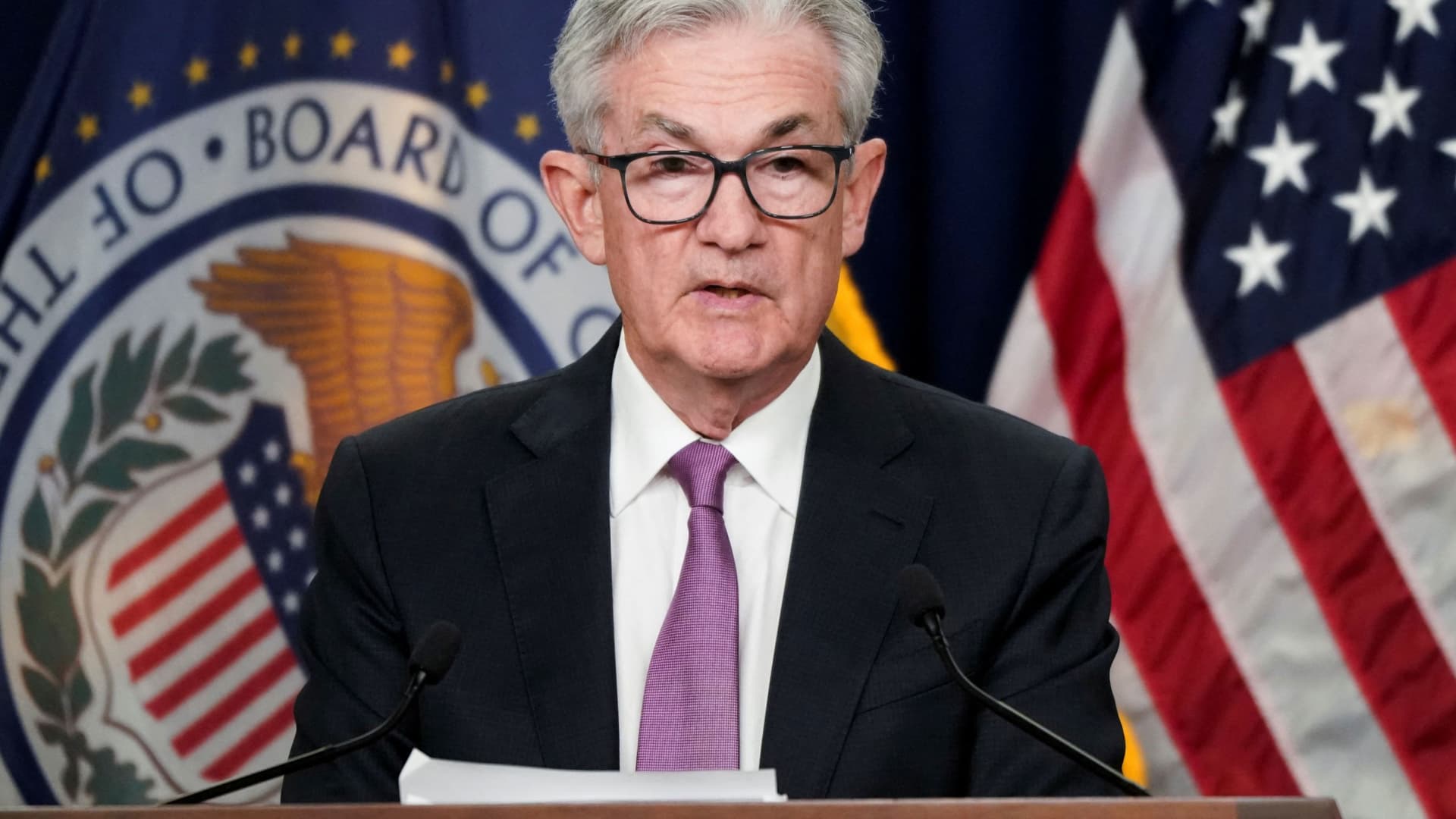
It seems the Federal Reserve‘s decision on interest rates, delivered Wednesday, and the subsequent press conference held by Chairman Jerome Powell, was something of a Rorschach test for viewers.
In reality, the ink blots that observers claimed to see were not quite as subjective as many suggested. Rather, most of what was in the Fed’s statement, or discussed by the nation’s top central banker, was written in black and white.
The statement’s first line acknowledged that spending and production were slowing. It further noted that the Fed was likely to keep raising rates to tame inflation.
The central bank also pointed out that it could change policy if emergent risks affected the ability of the Fed to achieve its goals.
Immediately, Fed watchers observed that the central bank is now “data dependent.” Here’s a hint: The Fed is always data dependent – and so is everyone else with access to information. Nothing to see here, except the data.
A blunt instrument
Speaking with reporters, Powell acknowledged that the short-term rate controlled by the Fed is roughly at neutral and that the central bank is closer to the end of its rate-hiking cycle, hence the rally in risk assets.
Investors know that the Fed appears to want to lift short-term rates to between 3% to 3.5%. We are more than halfway there since rates started at zero.
Also, immediately, there was talk of a Fed “pivot,” implying that the central bank plans to lower interest rates if tight credit conditions or other factors tip the economy into a meaningful recession.
Powell indicated nothing of the sort.
It’s true that interest rate cycles are a never-ending series of hikes and declines with the central bank frequently going too far one way or another. The Fed is using a very blunt instrument to try reining in some factors that are out of its control, hence the frequent overshoots.
This may well be among the most complicated economic environments the Fed has faced. True, there have been bubbles, market crashes and financial crises over the last several decades. However, each of these events had recognizable risks that could be quantified to an extent.
Risk factors outside of the Fed’s control
In the Fed’s written statement, it recognized, as did Powell verbally, Russia’s war against Ukraine and related events are wreaking havoc on the global economy. That’s leading to supply disruption for a variety of goods, ranging from computer chips to cars and from crude oil to corn oil.
These supply disruptions put upward pressure on prices. The Fed cannot control that type of inflation, except to dampen demand to meet constrained supply. It’s hardly an optimal policy choice, but it’s the only option the central bank has.
All that said, the message from the Fed, at least to me, seemed straightforward: It’s almost done raising rates.
Talk of a pivot is premature, while talk of raising rates to 5% is sheer lunacy. Both paths have been openly discussed by economists and pundits.
Watching the Fed is not brain surgery, nor is it a psychological evaluation.
The markets, long attuned to understanding Fed speak, have responded appropriately to Wednesday’s decision on interest rates: The end of the tightening cycle is upon us, so it is safer to buy stocks and bonds.
A new secular bull market will begin not just when the Fed stops raising rates – but when it begins cutting them.
That’s not an ink-blot test. That’s history.
— Ron Insana is a CNBC contributor and a senior advisor at Schroders.




